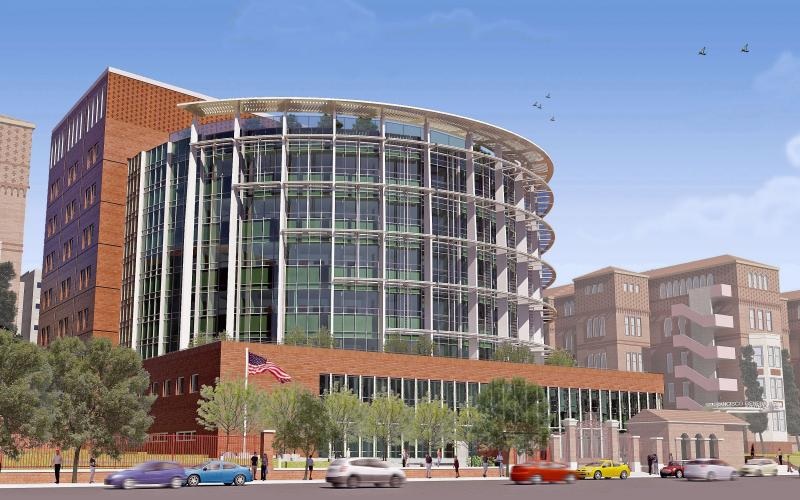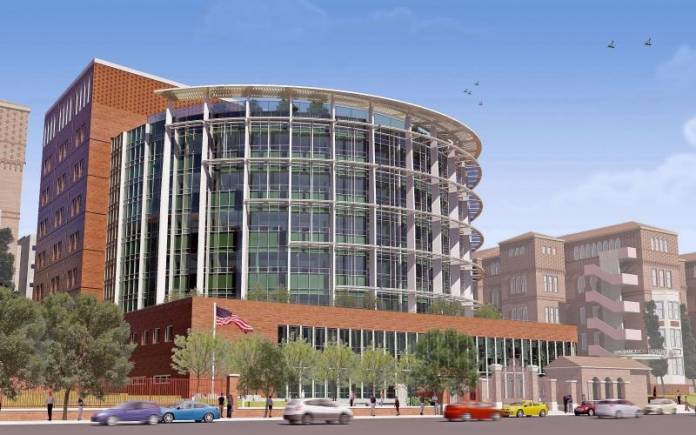I first met Sarah when I was working overnight in the psychiatric emergency room. She was brought in by the police, the usual route of entry, and initially was screaming and spitting, glaring at me in terror.
When she had calmed down and the police were gone, she fell into the deep sleep of coming down from stimulants. I didn’t learn much about her at that time, except that she had come to the psych emergency room, or PES, six times in the last two months, staying for several days while the meth left her system, getting a dose of antipsychotics for the voices she heard even when not on meth, and returning to her life on the streets.

This time, however, she was going upstairs; she had passed the test that so many fail, and had been deemed ill enough by the stringent standards of medical reimbursement to merit a stay on the psychiatric inpatient unit. On the inpatient unit she suffered at first from persistent delusions that people were trying to poison her and acted paranoid and erratic with patients and staff. Over the next few days she stabilized. And then she began the wait for a placement.
The San Francisco mental health system is currently in a crisis intimately related to the housing crisis. There are fewer and fewer options for supportive housing for people with mental illnesses, as well as shrinking acute care services.
The ZSFG (formerly SFGH) inpatient psychiatric services used to consist of 88 beds, and has now dwindled down to 44. The hospital is only reimbursed for “acute” patients, and as people have diminishing options for discharge, they stay on the unit as “custodial” patients, for which the hospital receives no reimbursement. In addition to uncompensated care, this also creates less space for “acute” patients.
For example, out of the 44 inpatient psychiatric beds at ZSFG (a tragically small amount given it is the catchment hospital for the city of San Francisco), currently only 8-10 of those patients qualify as “acute.” This puts pressure on the hospital to further close psychiatric beds and creates a backlog in PES, where patients can stay for multiple days due to lack of inpatient psychiatric beds in the city.
Many people are able to stay briefly in PES or on the inpatient psychiatric unit and then return to their home, the streets, or to the care of their families and get ongoing care through the network of community mental health centers throughout the city. Some people with severe mental illnesses or medical problems such as dementia or traumatic brain injury, however, are unable to care for themselves in the community and may need a more extended stay at a lower level of care.
These supportive housing facilities have also felt the pressure of the housing market, and beds continue to dwindle as the pressure to sell them outweighs the profits of running supportive housing. Space at state hospitals has also shrunk. The per-capita public psychiatry bed count is now the same as it was in 1850 – 14 per 100,000 people.
For patients like Sarah, an acute need for psychiatric hospitalization will only last for one week, but if there is nowhere else for her to go she might stay for months on the inpatient unit waiting.
This is part of the broader trend in the US since the 1960’s of deinstitutionalization, which was a well-meaning attempt to decrease time in long-term, locked facilities and promote community-based interventions. Community resources, however, have been woefully underfunded, leading to devastating rates of homelessness and incarceration among the severely mentally ill. The Los Angeles County Jail, for example, is now the largest mental health provider in the US, and it is estimated that 64 percent of jail inmates, 56 percent of state prisoners, and 45 percent of federal prisoners suffer from mental illness. The number of people with mental illnesses in the prison system is ten times the number of people in state psychiatric hospitals. We have reverted to the time in the 1700s and 1800s where the mentally ill were confined to prisons.
While San Francisco has a community-based mental health system, the wait times can be weeks to months to see a provider, and most people will need periods of stabilization in the hospital regardless of being successful in a community-based program. The decrease in longer-term facilities means patients like Sarah have to wait months to get post-hospital housing, keeping other people who need acute stabilization out of the limited hospital beds and on the streets without access to appropriate care.
The situation has become dire at ZSFG, where PES spends 50 percent of the time on “diversion,” too busy to take new patients. Currently there are people in PES who have been there for more than 300 hours because inpatient admissions have come to a complete standstill. PES has 26 beds, all of which are full, and people are being turned away. If we want to address homelessness, we need to rebuild the many facets of our mental health system.
The people who work at San Francisco General are working heroically in a flawed system to provide people with compassionate care, but the system has reached a state of crisis. The trouble here in San Francisco is indicative of a broader national trend of decreasing Medicaid reimbursement for psychiatric care, increasing rates of incarceration, and deinstitutionalization. As a society and a city we need to do better. There need to be more units at ZSFG and more longer-term locked and unlocked facilities to free up acute beds on the units that exist. PES needs to expand to meet the needs of the acutely mentally ill in our city and other hospitals need to open psychiatric emergency rooms. We need to find a way to shore up rapidly shrinking outpatient supportive housing.
San Francisco voters just passed Proposition A, a $350 million bond measure with some funds earmarked for mental health. This is an opportunity to invest in mental health systems both in the hospital and in the community to help people access treatment and housing. It is a necessity for the problem of homelessness facing our city as well as a necessity if we care about supporting all members of our communities.
Kate Benham, MD is a psychiatry resident at Zuckerberg San Francisco General and a member of the Committee of Interns and Residents (CIR/SEIU Healthcare).





